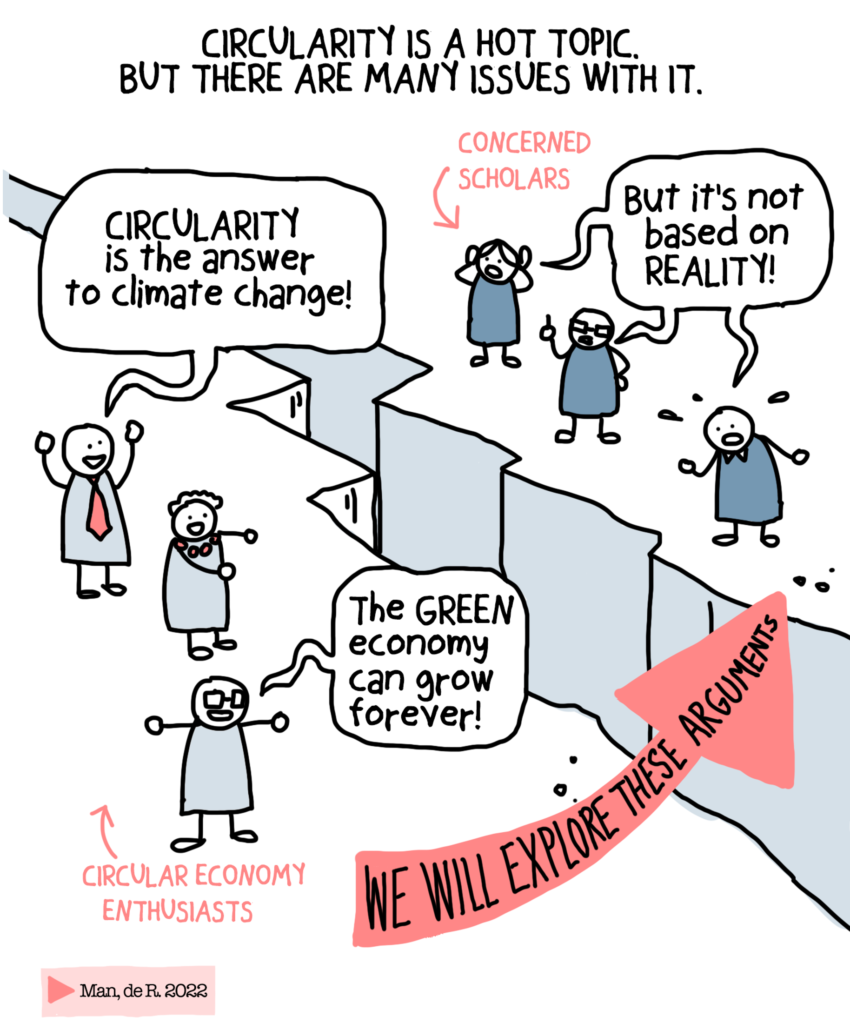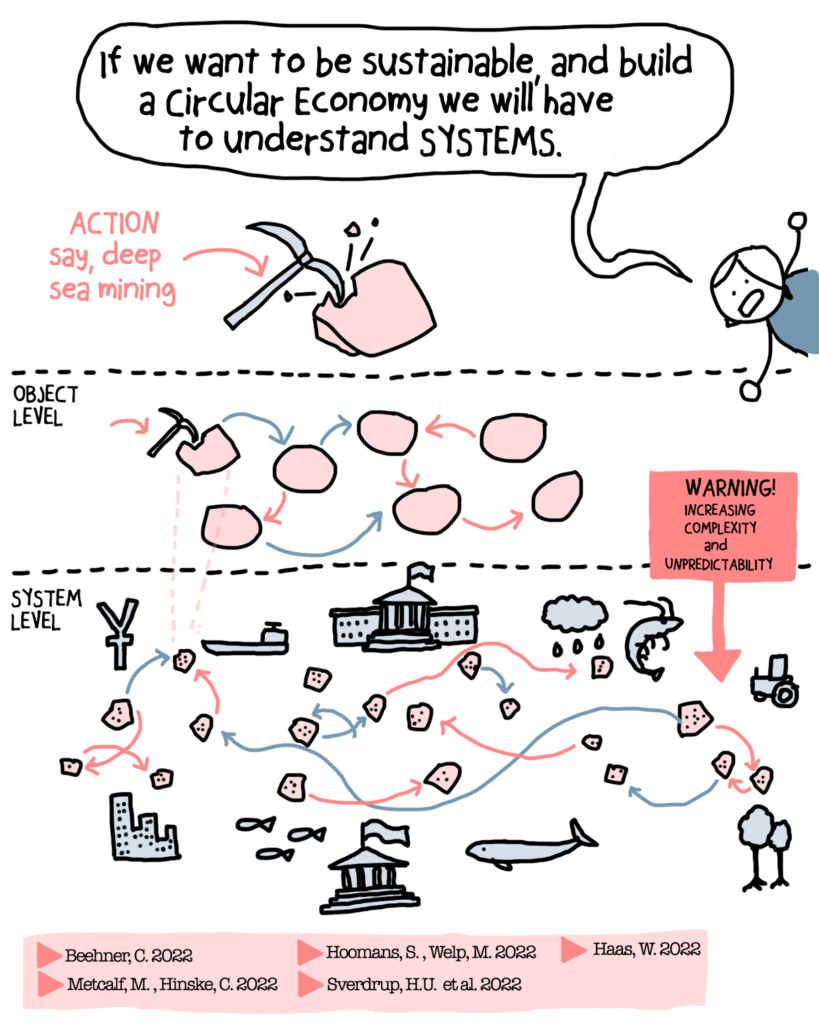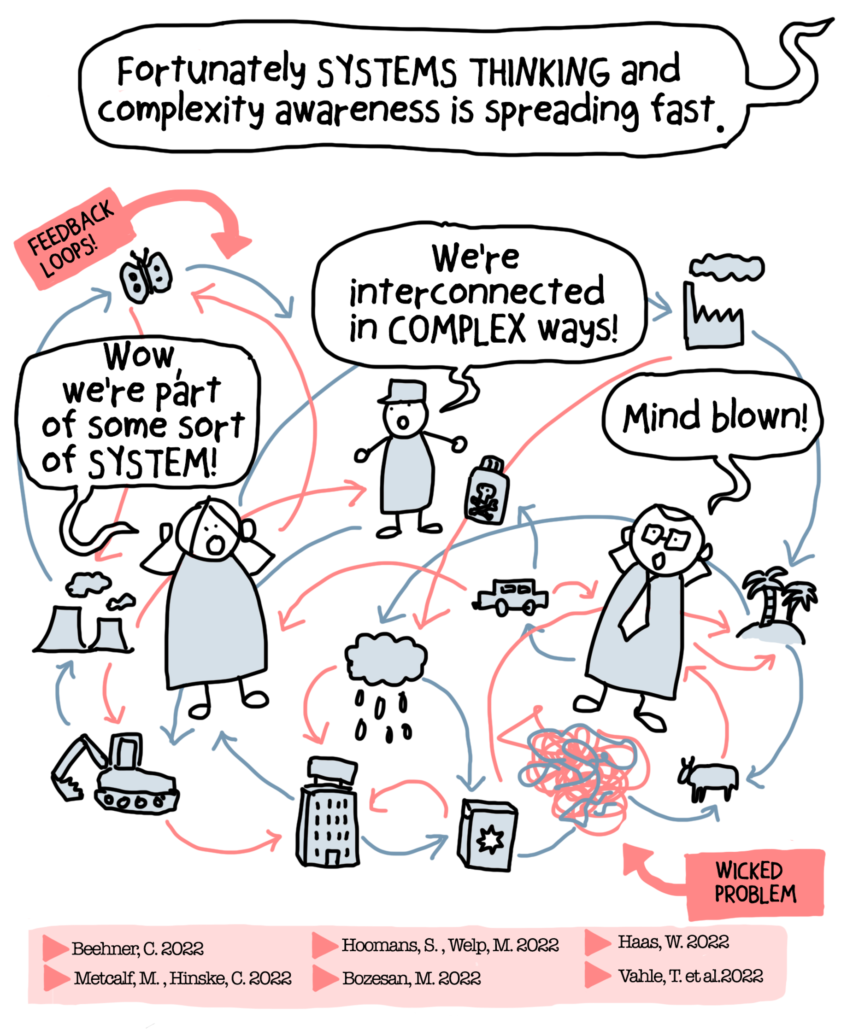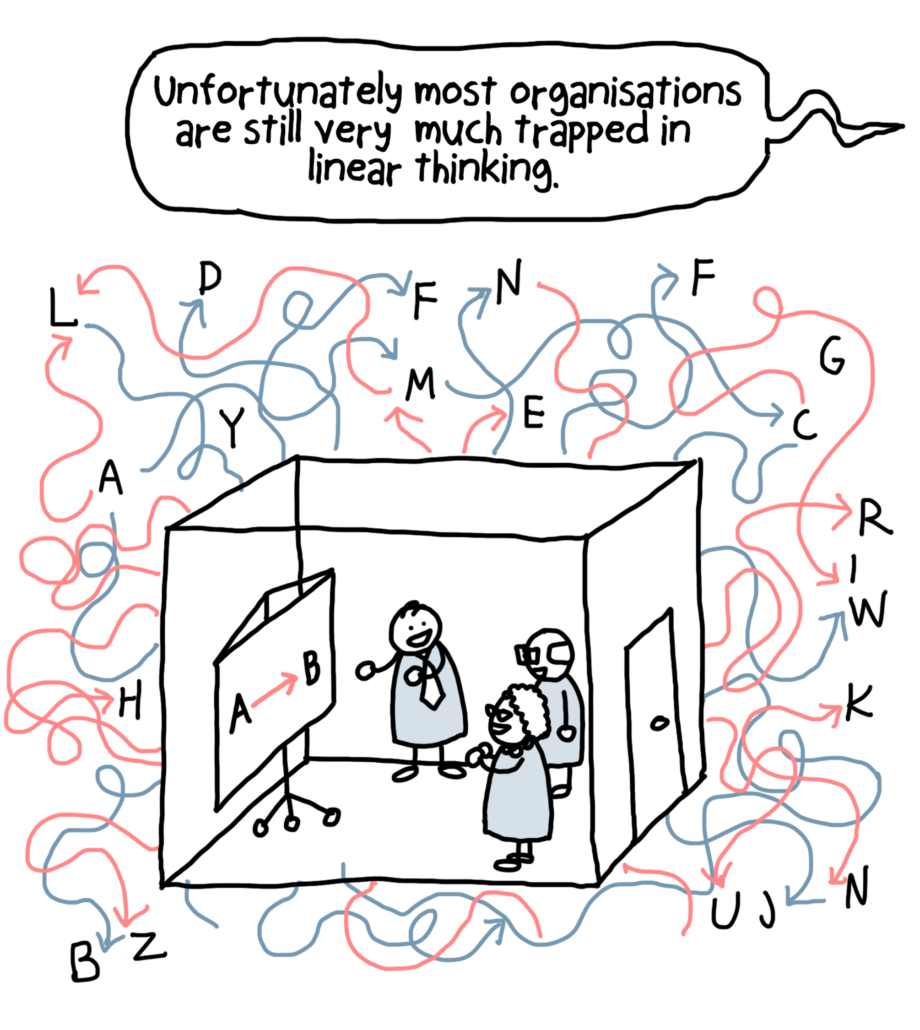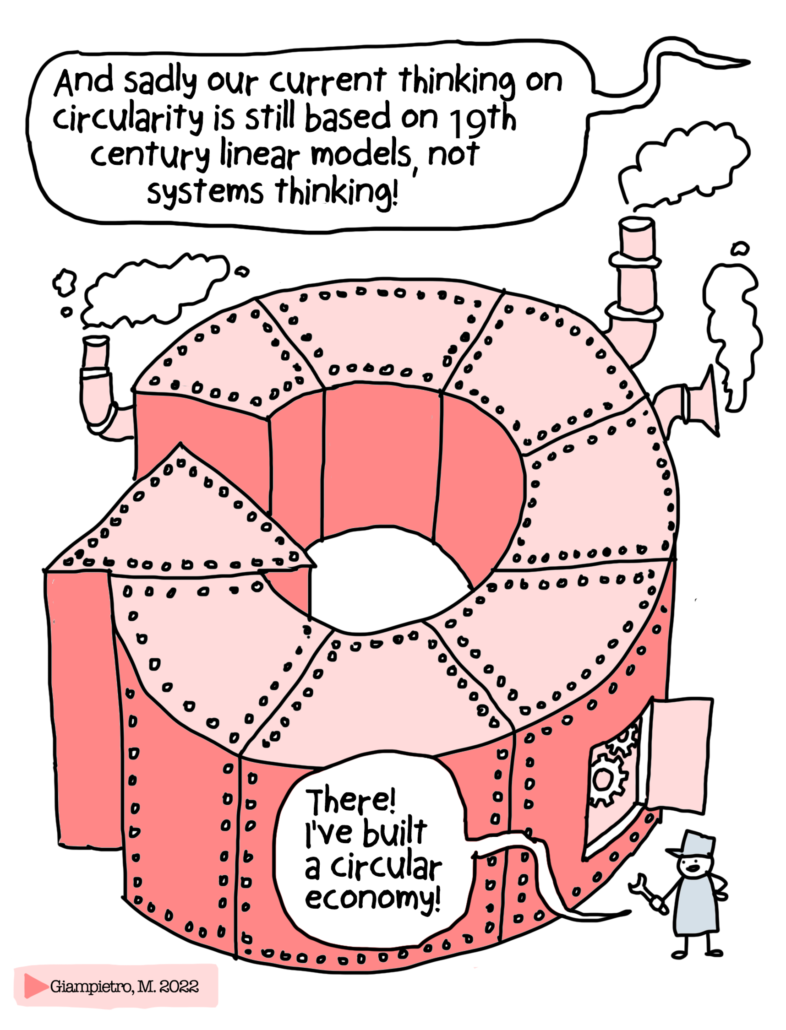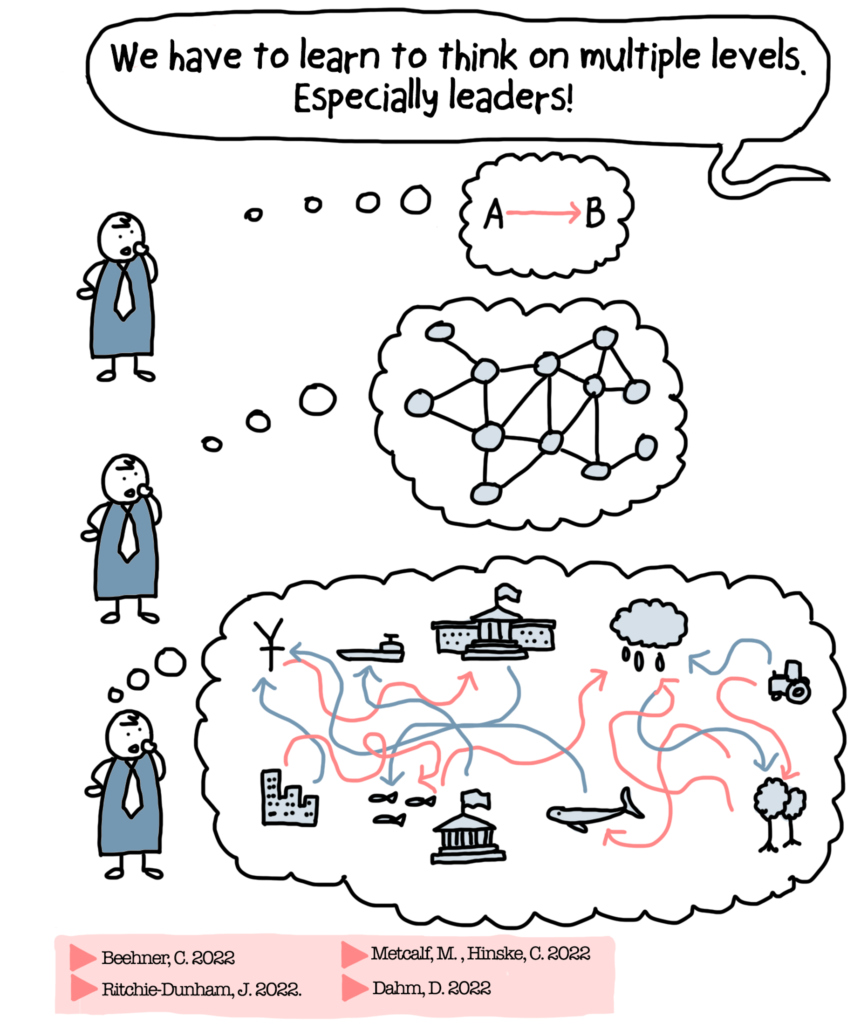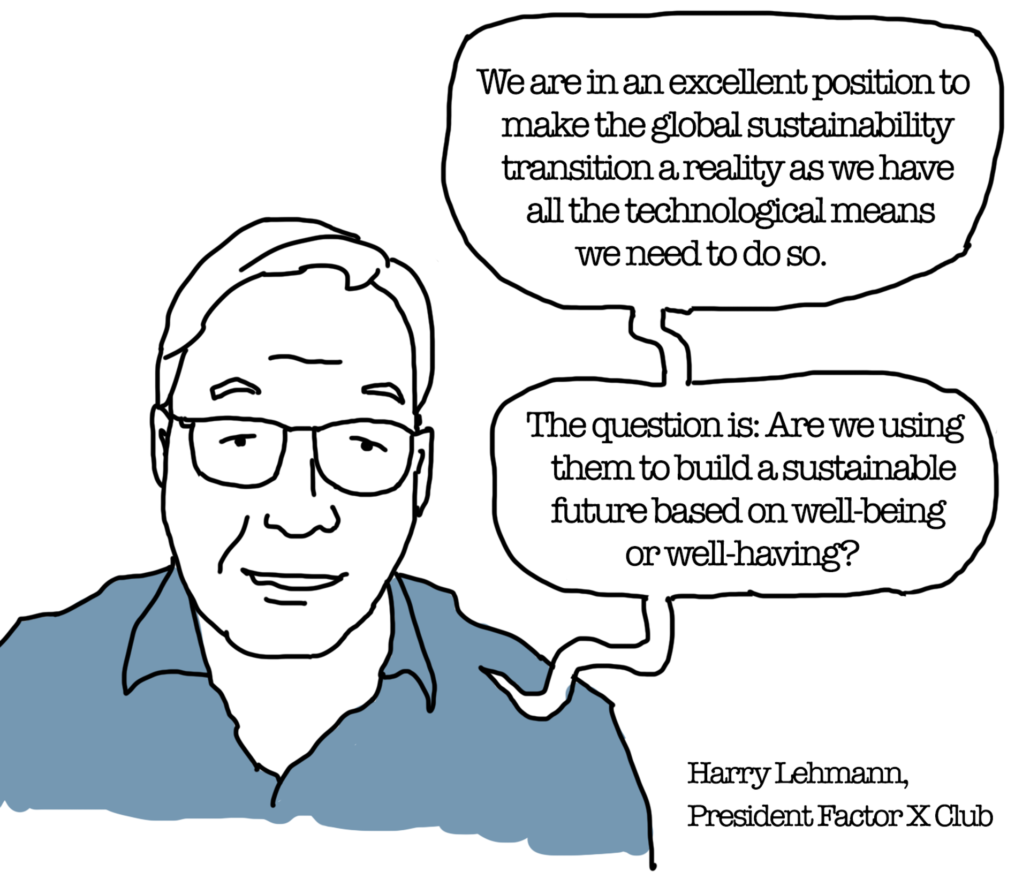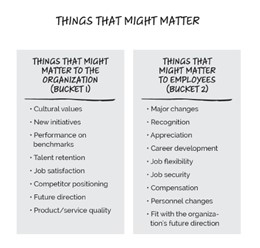Growing Up Biden
Valerie Biden Owens: political strategist, the first woman in U.S. history to have run a presidential campaign, and the author of Growing Up Biden provided this article as a companion to her podcast Growing Up Biden: Family Lessons on Leadership. This interview is part of the International Leadership Association Series. This series features guests from the International Leadership Association 2022 Global Conference held in Washington, D.C., in October 2022.
An excerpt from Chapter 1 of Growing Up Biden:
Our parents drilled it into our heads from birth that we were to take care of one another. In my mom’s words: “Family is the beginning, the middle, and the end. Period.” They taught us that we were a gift to one another. “There is nothing closer than brothers and sisters,” my mom would say. No matter what our disagreements might be, we had to straighten them out at home. God forbid if one of us turned on another. Once we were outside, we were Bidens, and nothing could come between us.
These dicta weren’t written down anywhere – writing this book might be the first time I’ve seen them set down in black and white. But they didn’t need to be transcribed. We all knew precisely what was expected of us.
We were expected to tell the truth – no matter what. The truth might be embarrassing or ugly or sometimes even shameful, but my parents made us understand that truth is the only option. They would be there for us, no matter what – so long as we told them the truth. If you’re going to be late, call. If you are in trouble, call. If you want to get out of trouble, call. No questions asked.
We were expected to stand up to bullies. If we were getting pushed around, Mom told us to punch that bully right in the nose if we had to, so long as it was a fair fight. (These days, of course, we don’t advocate for schoolyard fights, but in my parents’ day, things were different.) Dad taught us that the greatest sin of all was the abuse of power.
We were expected to treat everyone with dignity. “No one is better than you, and you’re no better than anyone else,” Mom said. We knew to be kind to kids who wanted to be our friend, especially when that kid was “less than cool.”
We were expected never to despair. “It’s not how many times you get knocked down,” my father used to say, “but how quickly you get up.” Our family would have many opportunities to discover this truth on our own. Failure, darkness, tragedy were inevitable in life. But giving up? That was unforgiveable.
This ethos taught us everything we knew about what it meant to be a Biden. And it was on our little shoulders to make our family proud.
Growing up with this ethos, developing a sense of confidence was inevitable. In Chapter 13, Valerie writes:
To be any kind of leader, you need a hell of a lot of confidence. Confidence is the number one prerequisite for success in life. But to be a woman leader – to make tough decisions while often facing discrimination, disrespect, and doubt – you occasionally need a booster shot. I think that because of my parents and my brothers, I was lucky to have been given that booster shot. Joe told me that I could be anything I wanted to be, and he told me frequently enough that I eventually believed him. My husband Jack continues to reaffirm that.
I’d venture to say many women don’t have the same experience, so I’ve tried to pass on that booster to those who might need it. That’s in part why I founded Owens Patrick Leadership Seminars in partnership with my dear friend Michele Pollard Patrick, a certified protocol officer and business etiquette consultant. Our work focuses on coaching women to develop and project confidence in a business environment, as well as in more formal social settings. While confidence is sometimes innate, more often it comes as the result of practicing new skills, just like anything else.
ABOUT THE AUTHOR:
Valerie Biden Owens is the first woman in U.S. history to have run a presidential campaign — that of her brother, Joseph R. Biden, Jr. She also led his seven straight U.S. Senate victories and has been his principal surrogate on the campaign trail.
Valerie is Chair of the Biden Institute at the University of Delaware and a partner at Owens Patrick Leadership Seminars. Valerie sits on the Advisory Board of the Beau Biden Foundation for the Protection of Children. For 20 years, when Valerie was not managing or advising President Biden’s campaigns, she served as Executive Vice President of Joe Slade White & Co., a media consulting firm. She has worked extensively with Women’s Campaign International, teaching women how to organize and develop communication and political skills. Valerie has also served on the National Board of the Women’s Leadership Forum of the Democratic National Committee and has served for 35 years on the board of The Ministry of Caring.
In 2015, Valerie delivered the keynote address for Harvard Law School’s International Women’s Day celebration and was one of 50 women presented with the law school’s international “Women Inspiring Change” award. In 2021, she was named to the Forbes 50 Over 50 Women Who Are Leading the Way in Impact list.
She is a graduate of the University of Delaware. She is married to Jack Owens, an attorney and businessman. They have three children.
RESOURCES:
Ready to measure your leadership skills? Complete your complimentary assessment through the Innovative Leadership Institute. Learn the 7 leadership skills required to succeed during disruption and innovation.
- Follow the Innovative Leadership Institute LinkedIn page
- Subscribe to Innovating Leadership and listen on your favorite podcast platform
- Subscribe to our blog – Insights
Check out the companion interview and past episodes of Innovating Leadership, Co-creating Our Future via iTunes, TuneIn, Stitcher, Spotify, Amazon Music, Audible, iHeartRADIO, and NPR One.

